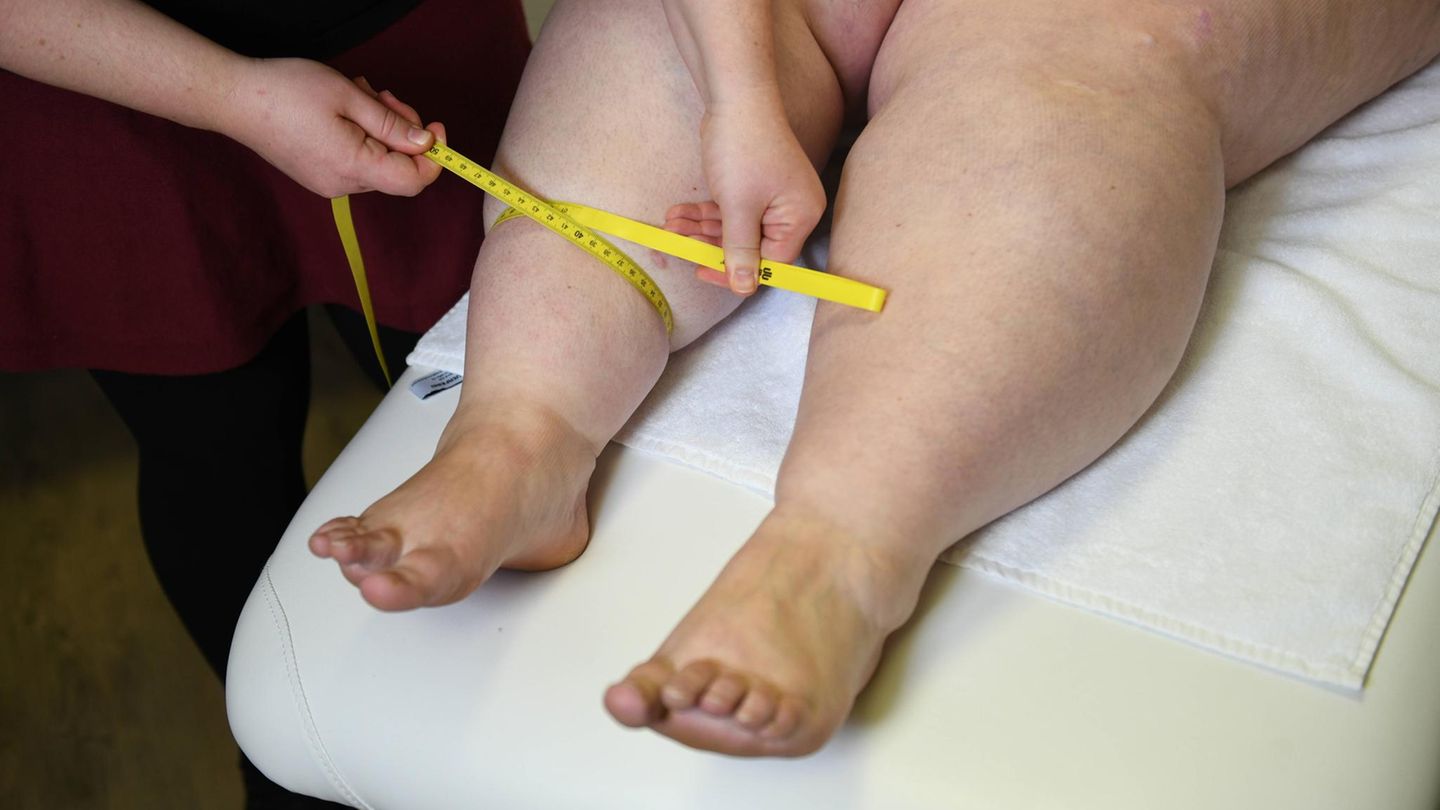Where did the three flying objects that were shot down come from? The US government is still groping in the dark. But at least Washington is beginning to cautiously rule out some assumptions.
According to initial information from Washington, the three mysterious flying objects shot down by the US military are not part of a spy balloon fleet from China. There is also no clear indication that the objects were flying for espionage purposes, said the communications director of the National Security Council, John Kirby, on Tuesday.
However, it is still not known where the objects came from and what their mission was. Her remains have still not been found. “The possibility that these are balloons that are simply tied to commercial or research facilities and are therefore harmless is not ruled out,” Kirby pointed out.
After the US military shot down a suspected Chinese spy balloon on February 4, it has taken three other previously unidentified flying objects from the sky since Friday. One was shot down over Alaska, one over Canada and one over Lake Huron, which is part of the Great Lakes in the northern United States bordering Canada. The US previously accused China of using balloons to run a surveillance program and targeting more than 40 countries. China rejects the allegations and speaks of an “overreaction” on the part of the United States. The balloon that was shot down was a research balloon from China that went far off course due to “force majeure”.
Difficult search for debris
It is now unclear when there will be final information on the three mysterious flying objects that were shot down. One can rule out with certainty that it is about US government objects, said Kirby. Weather and geographic conditions made finding the debris difficult. One of the objects had crashed into sea ice off Alaska, another is at the bottom of Lake Huron. US Chief of Staff Mark Milley admitted on Tuesday that the first missile fired over Lake Huron on Sunday missed its target. “Yes, the first shot missed,” said Milley at a press conference in Brussels.
The White House now also provided an explanation for the shooting down in a short time. The North American Air Defense Command Norad adjusted the radar systems after the incident with the suspected Chinese spy balloon, said communications director Kirby. The systems’ sensitivity has been increased to identify more objects that are slow, small and flying high.
Similar balloons seen before
In the meantime, the US Navy had more success than with the three mysterious flying objects in salvaging the suspected Chinese surveillance balloon, which had been shot down a good one off the US Atlantic coast. Search parties have managed to bring the first parts of the balloon from the seabed to the surface. “We’re learning from the debris we’re pulling up from the bottom of the Atlantic,” Kirby said. He renewed his allegations against China: “It is a concerted action by the Chinese to use this special type of platform for surveillance and information gathering.”
Kirby stressed that the downed balloon was not the first over US territory. There have been at least three flights during the tenure of ex-President Donald Trump. At least one other balloon was said to have been flying at the beginning of President Joe Biden’s tenure. The big difference to the balloon that was shot down was that the previous ones had not flown over US airspace for such a long period of time.
Amid the tense mood between Beijing and Washington, there have been rumors of a possible meeting between China’s top foreign policy leader Wang Yi and US Secretary of State Antony Blinken on the sidelines of the Munich Security Conference, which begins on Friday. China did not confirm such a gathering. US media had previously reported that Blinken was considering such an encounter. It would be the first top-level meeting of the two countries’ top foreign politicians after Blinken canceled a planned visit to China at short notice earlier this month because of the suspected Chinese spy balloon over the United States.
Source: Stern
I have been working in the news industry for over 6 years, first as a reporter and now as an editor. I have covered politics extensively, and my work has appeared in major newspapers and online news outlets around the world. In addition to my writing, I also contribute regularly to 24 Hours World.



